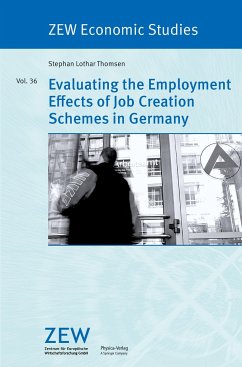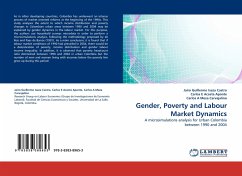
Beveridge Curve, Job Matching and Labour Market Dynamics
A Multi-Level Empirical Analysis
Versandkostenfrei!
Versandfertig in 6-10 Tagen
32,99 €
inkl. MwSt.

PAYBACK Punkte
16 °P sammeln!
Since William Beveridge first highlighted the existence of a negative relationship between unemployment and job vacancies, the Beveridge Curve has been frequently used to sum up the state of the labour market. The efficiency at which workers are matched to available jobs is crucial for the duration of unemployment spells and the capability of the economy to make use of its resources. Due to frictions deriving from factors, such as coordination failure, heterogeneities or congestion from large numbers, the matching process is imperfect. For instance, even if there are unsatisfied vacancies arou...
Since William Beveridge first highlighted the existence of a negative relationship between unemployment and job vacancies, the Beveridge Curve has been frequently used to sum up the state of the labour market. The efficiency at which workers are matched to available jobs is crucial for the duration of unemployment spells and the capability of the economy to make use of its resources. Due to frictions deriving from factors, such as coordination failure, heterogeneities or congestion from large numbers, the matching process is imperfect. For instance, even if there are unsatisfied vacancies around, a mismatch between the skills supplied by workers and demanded by employers can prevent the completion of a working contract. The aim of this book is to contribute to the debate on the Beveridge Curve: more specifically, it focuses on some empirical points, concerning globalisation and technological progress, which the international empirical literature has not dealt with closely, and ona level analysis which no previous study has dealt with in the Italian literature.












